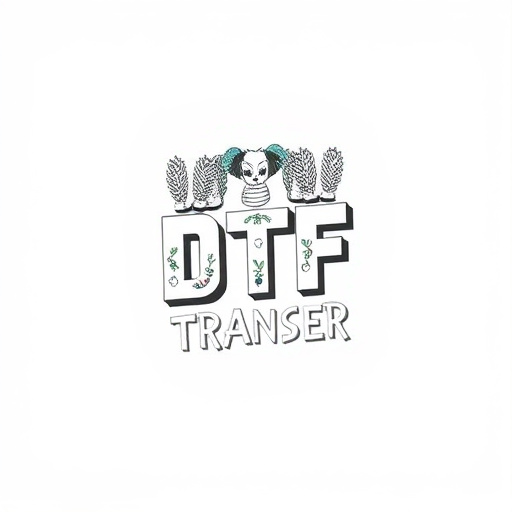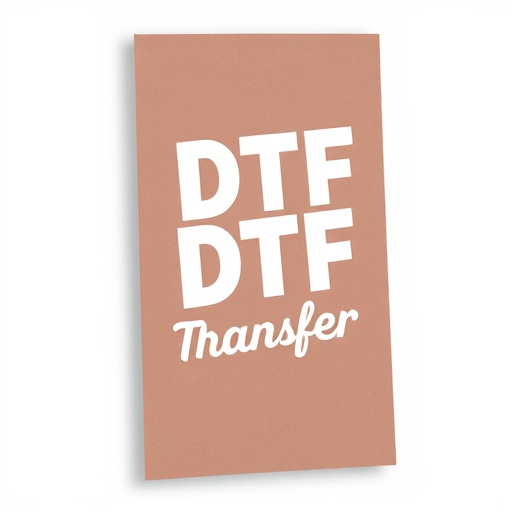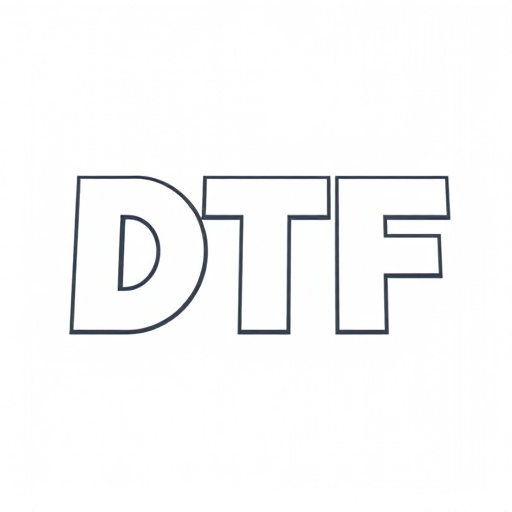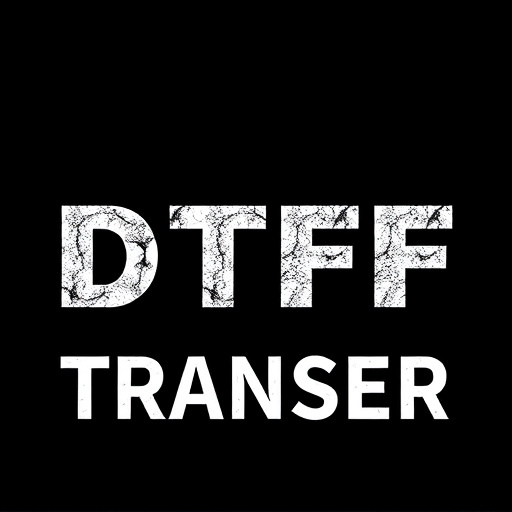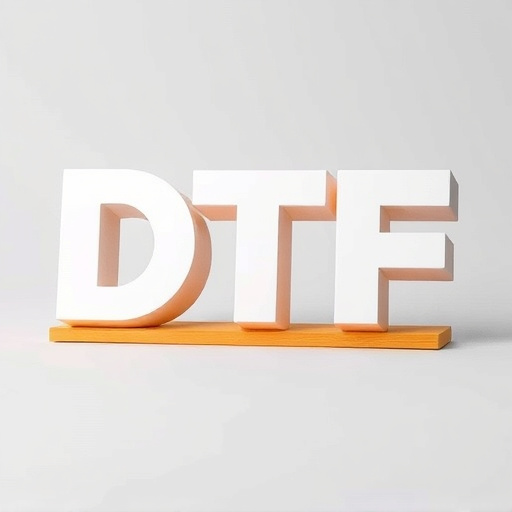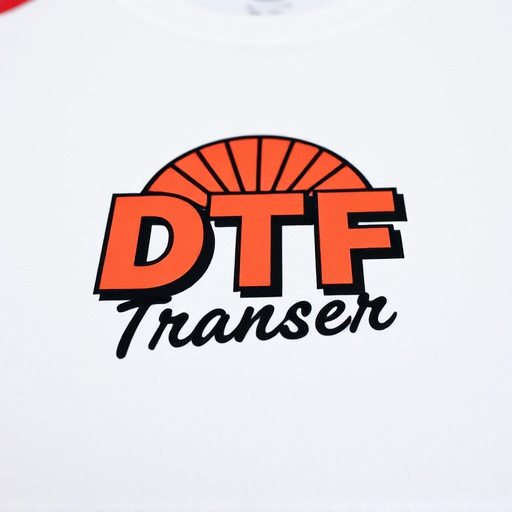Direct-to-Film (DTF) transfer technology revolutionizes visual creation across industries by directly transferring digital images to substrates like film stock, offering exceptional precision and quality. Versatile printing solutions cater to diverse requirements and budgets, with traditional methods using specialized printers and newer digital techniques employing UV/LED curing. Cost considerations include equipment acquisition, ink/resin expenses, energy usage, maintenance, and material choices: custom films (higher initial investment) or off-the-shelf (potential long-term savings). DTF excels in producing vivid colors and intricate designs, suitable for detailed artwork and logos; cost varies by method – DTG is budget-friendly for smaller orders, while Screen Printing is more economical for large-scale production. Optimizing budgets involves leveraging technology, automation, strategic planning, market research, supplier negotiation, and clear client scope definitions to ensure profitability while delivering high-quality DTF prints.
Direct-to-film (DTF) transfer printing is revolutionizing the way we create and customize products. This article delves into the intricate cost structure surrounding various DTF transfer options, offering a comprehensive guide for businesses and entrepreneurs. From understanding the basics of DTF to comparing traditional printing methods, we explore the advantages and disadvantages of each approach. Additionally, we break down material costs and provide strategies to optimize project budgets, ensuring you make informed decisions in this dynamic industry, whether you’re producing DTF prints or investing in DTF transfer technology.
- Understanding Direct-to-Film (DTF) Transfer: An Overview
- Types of DTF Transfer Options and Their Cost Factors
- Advantages and Disadvantages of Each DTF Transfer Method
- DTF Printing Process and Material Costs Breakdown
- Comparison: Traditional vs. DTF Print Pricing Structures
- Strategies to Optimize DTF Transfer Project Budgets
Understanding Direct-to-Film (DTF) Transfer: An Overview
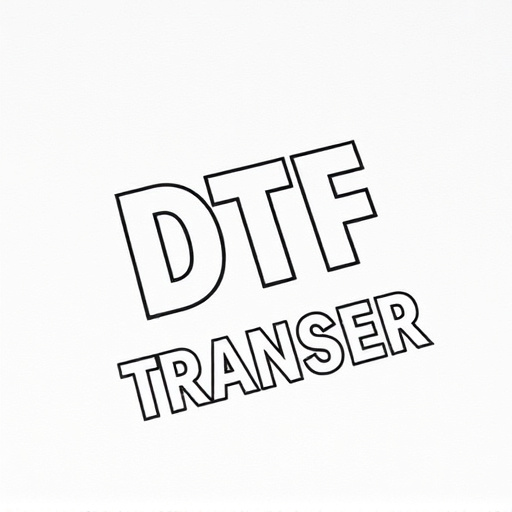
Direct-to-Film (DTF) Transfer is a cutting-edge printing technology that has revolutionized the way we create and reproduce visuals, particularly in the film industry. This innovative process eliminates traditional intermediate steps, allowing for the direct transfer of digital images onto various substrates, such as film stock or other media. DTF offers unparalleled precision and quality, making it an attractive option for professionals in fields like cinema, animation, and graphic design.
With DTF Transfer, artists and technicians can achieve complex prints with vibrant colors and sharp details without the need for costly and time-consuming traditional printing methods. This technology enables efficient production of high-quality visuals, from movie posters to animated sequences, ensuring that every element appears exactly as envisioned by the creators. As a result, DTF Printing has gained significant traction among those seeking reliable and cost-effective solutions for their visual projects.
Types of DTF Transfer Options and Their Cost Factors
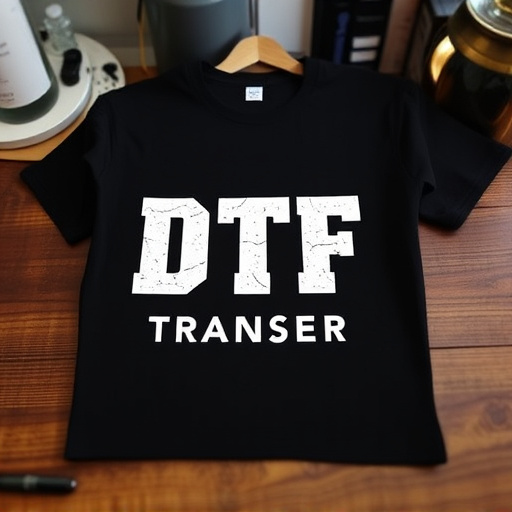
The Direct-to-Film (DTF) transfer process offers various options tailored to different printing needs and budgets. These include traditional DTF transfers, where films are printed directly onto a substrate using specialized printers, and newer digital methods that employ UV or LED curing for faster production. Each method has its cost implications; traditional DTF transfers might be more affordable for smaller runs due to the simplicity of the process, while digital options can reduce costs per print for larger batches thanks to advanced technology.
Cost factors in DTF printing span from equipment acquisition and ink or resin expenses to energy usage and maintenance. For businesses considering DTF Transfer as a production method, understanding these variables is crucial for budgeting and pricing strategies. Additionally, the choice between custom-made films or off-the-shelf solutions can significantly impact overall costs, with bespoke options providing higher initial investment but potential long-term savings through efficiency gains.
Advantages and Disadvantages of Each DTF Transfer Method
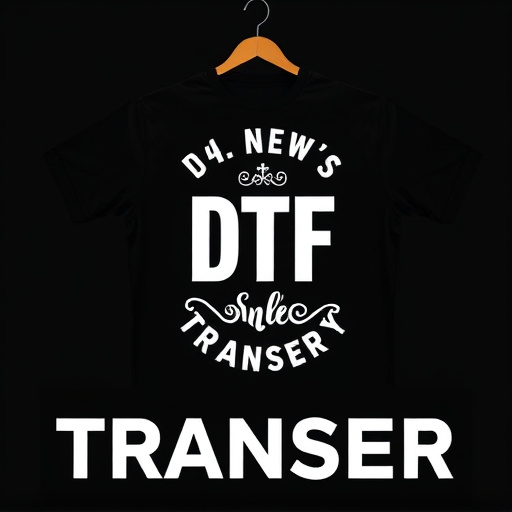
Direct-to-film (DTF) transfers offer a range of options for creating custom prints on various surfaces. Each method has its unique advantages and disadvantages, catering to different needs and budgets. One of the primary benefits of DTF printing is its ability to produce high-quality, vibrant prints with precise color matching. This technique allows for intricate designs and fine details, making it ideal for detailed artwork, logos, and graphics that demand exceptional clarity.
However, the cost structure varies significantly among DTF transfer methods. For instance, while DTG (Direct to Garment) printing is generally more affordable for smaller orders or single-color designs, it might become less economical for larger batches due to setup time and ink costs. On the other hand, Screen Printing, though often more expensive upfront, can be cost-effective for massive production runs as the setup fee is spread across many items. Additionally, some methods, like Vinyl Cut, are limited in terms of color palette and print quality but offer rapid turnaround times, making them suitable for quick, low-volume DTF needs.
DTF Printing Process and Material Costs Breakdown

The Direct-to-Film (DTF) transfer process involves a precise printing method where designs are directly transferred onto various materials, offering a cost-effective solution for creating custom prints. This technique is particularly popular for small batches and on-demand production due to its flexibility. The DTF printing process begins with preparing the film, which contains the design, followed by the careful alignment and application of heat to ensure the image is accurately transferred onto the desired substrate.
Material costs in DTF Printing are a significant consideration. Key expenses include the cost of the film itself, which varies depending on the quality and size required. Additionally, substrates like t-shirts, mugs, or canvas necessitate procurement from suppliers, adding another layer to the overall expense. The pricing of these materials can fluctuate based on market trends and demand, impacting the final cost per print. Furthermore, maintenance and replacement of printing equipment, such as printers and heat presses, contribute to the operational costs associated with DTF Transfer services.
Comparison: Traditional vs. DTF Print Pricing Structures
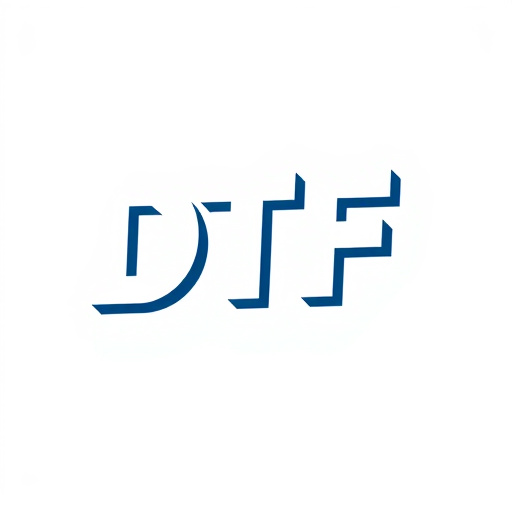
When comparing traditional film printing to Direct-to-Film (DTF) transfers, the pricing structures offer an intriguing contrast. Traditional DTF prints often start with a higher upfront cost for the setup and equipment, which can be substantial for smaller businesses or independent filmmakers. This initial investment covers the advanced technology and specialized machinery required for accurate color reproduction and precise detail transfer. However, once established, DTF printing can offer cost-effectiveness in the long run due to its efficiency and reduced waste compared to traditional methods.
DTF transfers excel in their ability to minimize overhead costs associated with inventory management and storage. Unlike traditional printing, where film stocks need to be maintained and regularly updated, DTF systems only require digital files, eliminating the need for physical film rolls. This streamlined process can lead to significant savings, especially for high-volume productions or those requiring frequent color corrections. As a result, while the initial setup may be more expensive, DTF transfers present an attractive option for cost-conscious filmmakers seeking high-quality outputs without excessive overhead.
Strategies to Optimize DTF Transfer Project Budgets

Optimizing budgets for Direct-to-Film (DTF) transfer projects is a strategic art that can significantly impact the overall success and profitability. One key approach is to leverage technology and automation where possible. Investing in advanced DTF printers with efficient ink systems and precise registration capabilities can reduce material costs and minimize waste, leading to considerable savings over time. Additionally, adopting digital pre-press techniques allows for more accurate color management and reduced setup times, further streamlining the production process.
Another effective strategy involves careful planning and cost estimation. Conducting thorough research on market rates for DTF printing services and materials enables project managers to set realistic budgets. Negotiating with suppliers and exploring bulk purchase options can also help secure favorable pricing. Moreover, establishing clear scope definitions and communication with clients to understand their requirements precisely ensures that resources are allocated efficiently, avoiding unnecessary expenses.


